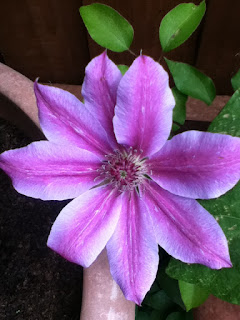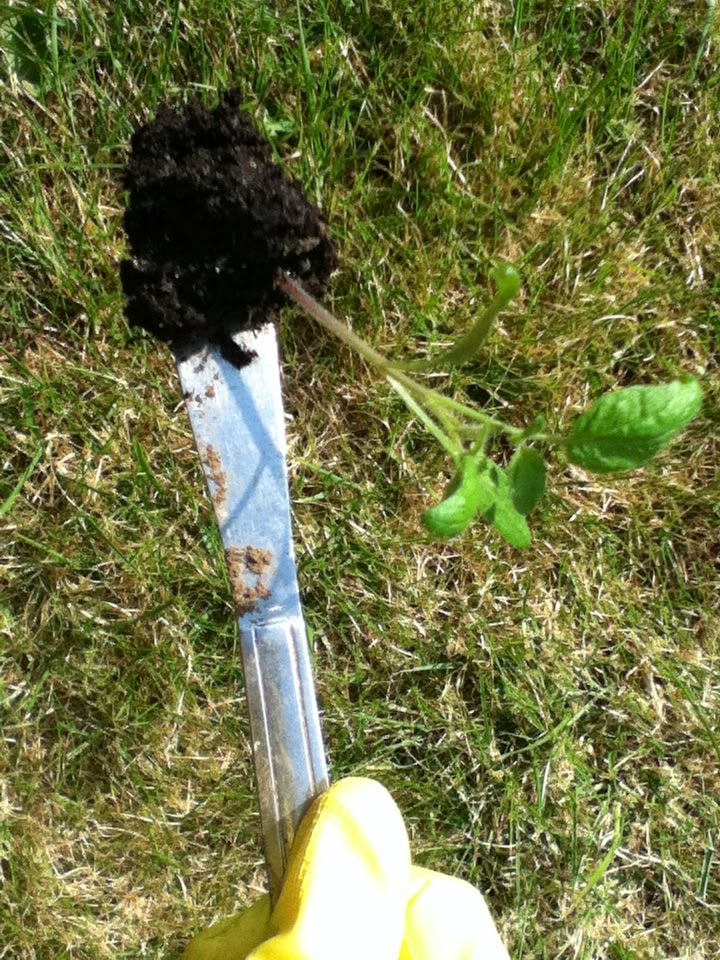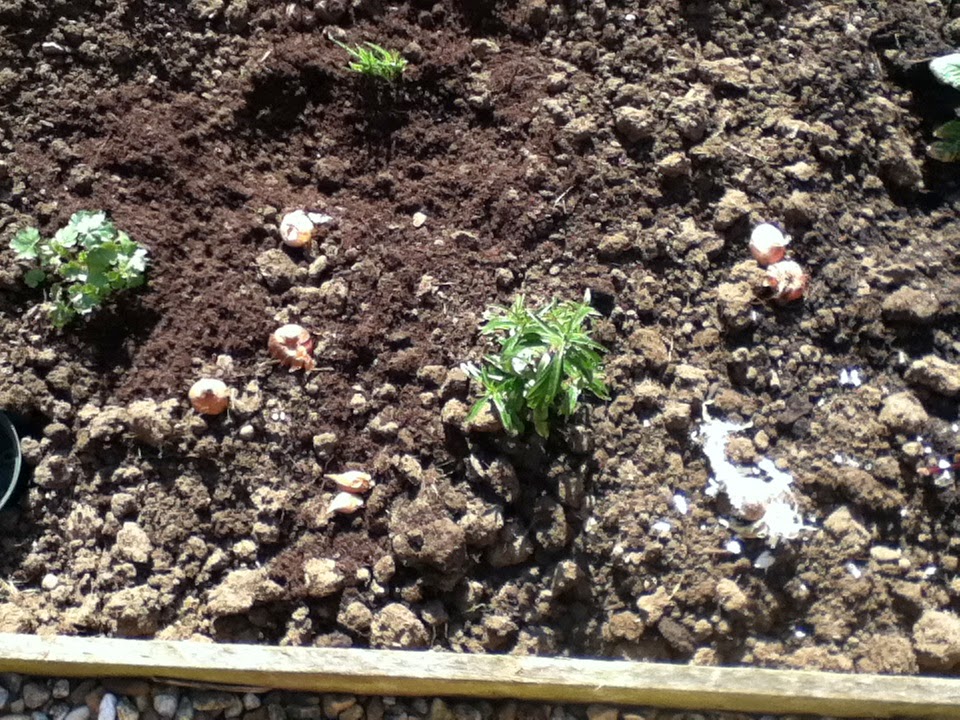Now Clematis
SWOON.
I think I’d probably look at a Clematis flower and/or entire plant in full bloom rather than even goggle a picture of George Clooney.
That’s just how high
these guys rank on a scale of from here to that bit of outer space that they lost
this week.
Can you remember when you first gazed on this splendour? Does this I wonder fall into the same
category as you remembering where you were when you heard about
Marilyn/JFK/Princess Di/Michael Jackson (select correct decade as
appropriate).
I recall with distinct clarity the exact moment I lost my Clematis cherry. While sitting on my patio minding my beeswax a voice holler’d from across the neighbouring boundary, “if you don’t want all that stuff trailing in your garden, no worry, just chop it down if it’s annoying you”. I glanced behind and - BO-ING - BO-ING - my eyes nearly popped out of my head. Jeepers I came face to face with a
It
was love at first sight.
To this day I remain astonished that coming from a family of garden enthusiasts I’d never
encountered this plant before but safe to say that no garden I’ve had ever since would be
complete without it’s fair share of big blousy, sock it to you, in your face blooms tipping up
every May to sprinkle a big load of floral magic into everyone's spring
time.
There’s nothing like it
We’ve been very restrained here and have restricted ourselves to planting
only 6 in this first year at least. Including:

Despite the area chosen to plant these new additions here having a top dressing of gravel and membrane making the unturned earth beneath very cold, wet and extremely claggy all of the varieties we've introduced have remained unscathed and are not displaying any inclination to stamping around and throwing a hissy fit. In fact it would be fair to say we're doubly amazed as were anticipating the worst, because if there is any area in the garden which is prone to boggy and inhospitable conditions, this would be it.
So far, so grow grow grow
If I had my way there’d be a constant stream of varieties opening, one after the other consecutively for 52 weeks of the year. As one appears and develops to full bloom so another bursts open to succeed it, a bit like waves rolling on the shore. A sort of Pachelbel’s Cannon of flowers, if you like, as one stanza begins so along comes a fresh Clematis to accompany it, rolling into the next and so on and so on.
OK - pause for reflection.

Also Crystal Fountain and Josephine in case you're interested
Nothing radical here, all very standard I know (no Montanas, for now at least), but sticking with the theme of pitching off the USG-Plot from a beginners perspective with only reliable varieties that anyone can do, have success with and enjoy.
We also have a Dr Ruppel taken from a root cutting from a very reliable plant that we had previously which was the only one of the Clematis that we brought here from a cutting and over-wintered in a pot to have survived.
The guy on the right didn't have such a cracking time of it.
Here it is successfully positioned, showing no adverse effects.
If you have any experience of clematis you’ll have doubtless been hit
at some time by the dreaded 'wilt'. Clematis are renowned for it.
For
those uninitiated, the little rascals can have an intolerance to being
transferred from their growing pot into their forever home and reward your efforts with
a very petulant reaction; viz: curling up and dying.
Not what you were hoping for but don’t be too discouraged if presented with such an ill tempered attitude from your little darling and above all, don’t be fooled, it's not dead, despite to all evidence to the contrary, it’s merely
adjustment. It cannot be guaranteed that
normal life will be resumed in the same growing season but the plant will
revive, the roots are all intact and will rejuvenate, maybe before it goes
dormant, or maybe the following year and you will get many years of quality
flowering ahead.
Following aquarobics the other day I noticed
the soles of my feet were all prune-wrinkles and that was after only an hour
immersed in water. Imagine a dear little Clematis, unceremoniously yanked from it's snuggly pot and dumped into such bleak conditions without displaying any negative effects. Which while surprising is most welcome and a testament to these tried and trusted standards.
If I had my way there’d be a constant stream of varieties opening, one after the other consecutively for 52 weeks of the year. As one appears and develops to full bloom so another bursts open to succeed it, a bit like waves rolling on the shore. A sort of Pachelbel’s Cannon of flowers, if you like, as one stanza begins so along comes a fresh Clematis to accompany it, rolling into the next and so on and so on.
As the music swells, while viewing each image, imagine yourself laying outside swathed in sunshine in your 2 acres of parkland with each of the varieties erupting!!!
Don’t believe me? Try it for
yourself, listen to this and scroll :
https://www.youtube.com/watch?v=8Af372EQLck
https://www.youtube.com/watch?v=8Af372EQLck



















































